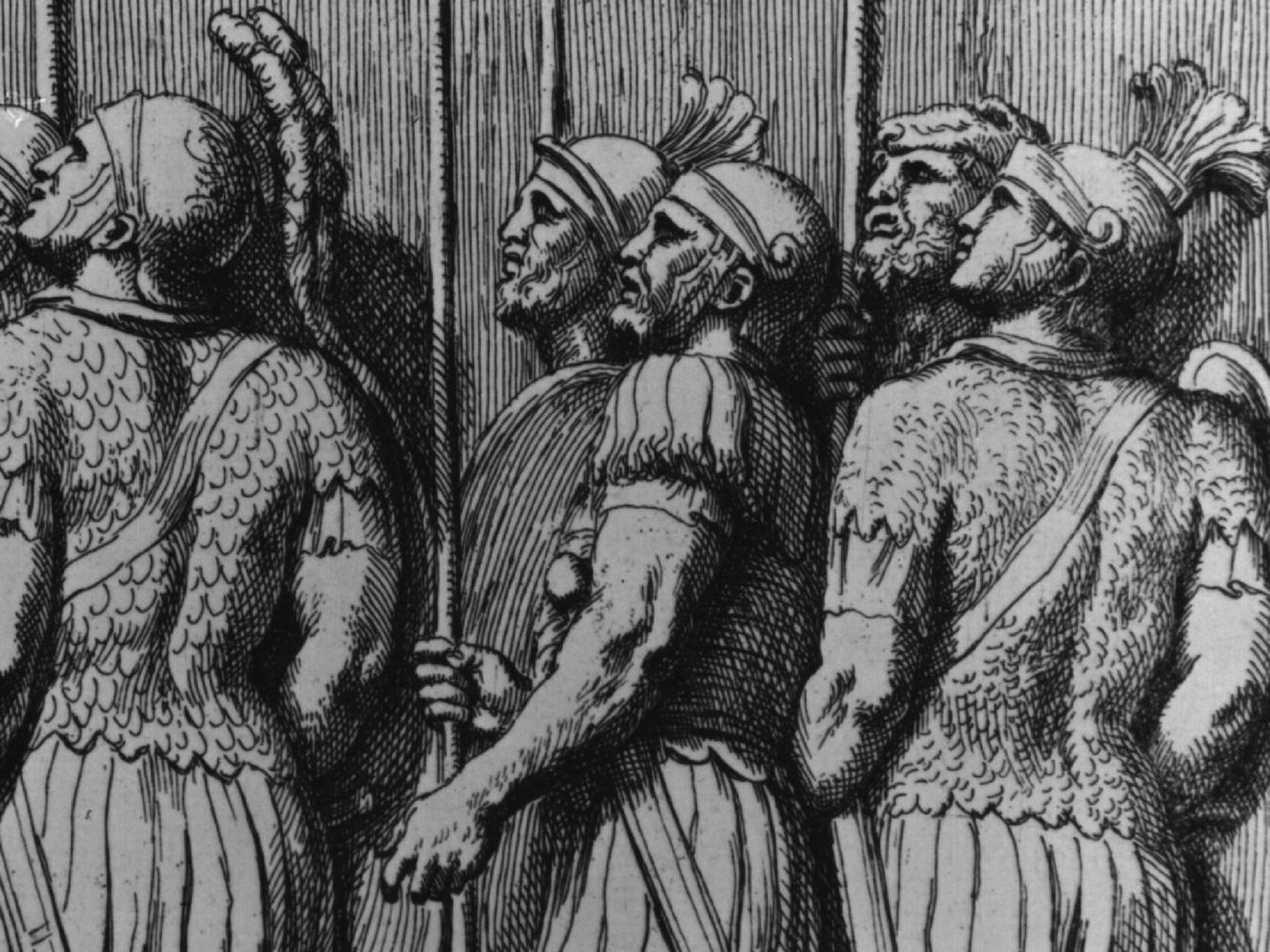City of London's grisly decapitated skull mystery solved using state-of-the-art forensic techniques
Archaeologists are thrilled at the blood-thirsty findings

Just over a quarter of a century ago, 39 skulls and a single leg bone were discovered at the London Wall, right in the heart of the City. With state-of-the-art forensic techniques, the mystery of the heads may have been solved – and the blood-thirsty findings have thrilled archaeologists.
The skulls are believed to have been the victims of Roman soldiers’ practice of “headhunting” – removing the body from the head of enemies as trophies – or even gladiatorial combat, the first discovered in the capital.
“This discovery is hugely exciting,” said Rebecca Redfern, from the Centre for Human Bioarchaeology at the Museum of London. “These remains are completely different from everything else we’ve ever found in Roman London. The levels of violence and the types of violence are very different to what we’ve seen.”
When discovered, the archaeologists thought the skulls may have originated from human remains washed out of burial sites by the Walbrook, one of the area’s lost rivers. Dr Redfern said: “Techniques have moved on in the past 30 years, so we often go back to our collection to establish new information.”
These techniques revealed the skulls had almost certainly all been victims of violence and some of the heads had clearly been decapitated. One in the group has even had part of its jawbone sliced off. “The level of violence here exceeds the level needed to kill someone,” Dr Redfern added.
The whereabouts of the rest of the bodies is unknown, and archaeologists said they will next attempt to track where the skulls came from.
The full findings will be published this week in the Journal of Archaeological Science. Dr Redfern said: “It’s utterly, utterly amazing. We don’t have evidence for this type of thing in Roman London.”
The heads, which have been in storage at the Museum of London, are dated to between 120 AD and 160AD. They are believed to have been thrown into an open pit, close to where work and commerce was going on in the city. There is even evidence that a dog gnawed one of the heads.
The Roman practice of headhunting was documented elsewhere around Britain, often in the north of England near the borders of Scotland. Roman soldiers’ tombstones were carved with images of legionaries holding up barbarian heads. Such images are also carved into Trajan’s Column.
Experts believe some of the heads were those of Scottish barbarians. Dr Redfern said: “They could have been brought to London, killed and had their heads put on display.”
Another theory to explain the levels of violence inflicted on the skulls was gladiatorial battles, Dr Redfern said, although she stressed that the findings were not definitive.
“It was predominantly cranial material of men from 26 to 35 years old and they had sustained massive amounts of trauma,” she said.
Some of the skulls had evidence of healed wounds, suggesting violence was a common feature of their lives. While it is likely that gladiators fought in London, no evidence thus far been found.
Subscribe to Independent Premium to bookmark this article
Want to bookmark your favourite articles and stories to read or reference later? Start your Independent Premium subscription today.

Join our commenting forum
Join thought-provoking conversations, follow other Independent readers and see their replies